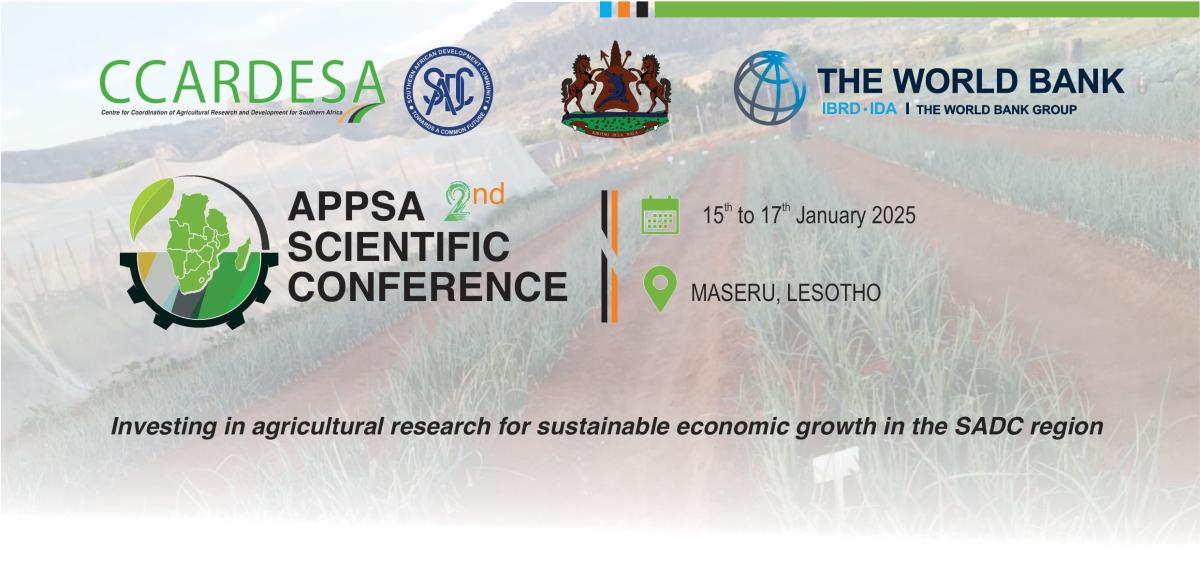Conservation Agriculture Namibia
Agriculture is one of the sectors affected adversely by climate change. Attaining food security and development goals at both household and national levels requires deployment of efficient and sustainable food production practices Furthermore, the fragile soil structure and the low nutrient composition in most parts of the country make farmers more vulnerable. The common farming practices by the majority of farmers in Namibia are characterized by extensive soil disturbance through ploughing, low use of agricultural inputs, and overexploitation of fragile lands. Inappropriate agricultural practices and poor soil management have resulted in soil erosion, land degradation, loss of vegetation cover, and consequently into low agricultural production. These land management practices can cause degradation leading to a decrease in soil organic matter. Thus, to mitigate these impacts, there is a need for promoting sustainable farming interventions such as Conservation Agriculture (CA) in the country.
This video in the external link was composed by a number of partners in addressing the effect of Climate Change and sensitise Conservation Agriculture.
Conservation Agriculture Namibia (C.A.N), (2015).










